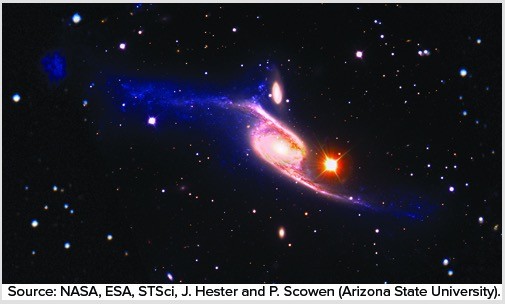Altitudinal zonation refers to the change in climate and biome type from the northern region to the southern tip of Latin America
a. True
b. False
Indicate whether the statement is true or false
False
RATIONALE: Altitudinal zonation refers to the series of highland climates arranged into zones by elevation. This zonation results from the fact that air temperature decreases with elevation at a normal "lapse rate" of approximately 3.6°F (1.7°C) per 1000 feet (300 m). At least four major zones are commonly recognized in Latin America: the tierra caliente (hot country), the tierra templada (cool country), the tierra fría (cold country), and the tierra helada (frost country).
You might also like to view...
________ is the most abundant of the variable gases in the atmosphere
Fill in the blank(s) with the appropriate word(s).
Which of the following primary climates is most likely to be closest to a pole?
A) dry B) tropical C) severe mid-latitude D) mild mid-latitude
________ is the weakest of the three Milankovitch parameters.
A. Obliquity B. Eccentricity C. Precession D. Both Obliquity and Precession
What will likely happen to this object in the future?
A. The material will continue outward and remain in interstellar space or become incorporated in other objects. B. It will continue to consume its hydrogen through nuclear fusion and will emit electromagnetic radiation. C. The ejected material could be disbursed, with the material remaining in proximity to it. D. It will continue to evolve with stars going through their evolution.